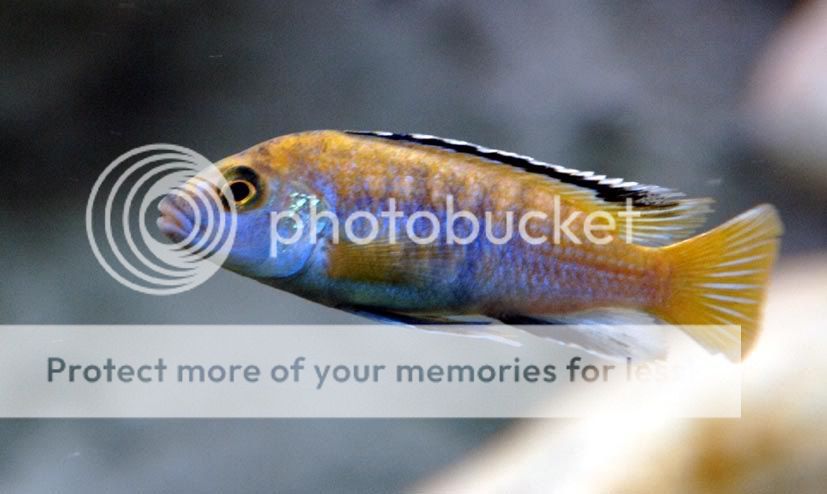hi there my yellow lab has started to go black from the bottom half, its happened before but then gone back to normall, any ideas what it could be???
Could it be a sign of my water quality not been right, i do regular water changes every week and my PH is 7.4
He seems to be eating normal and still as activate as usual.
any help will be great thanks
Could it be a sign of my water quality not been right, i do regular water changes every week and my PH is 7.4
He seems to be eating normal and still as activate as usual.
any help will be great thanks



 Well I suppose at the end of the day we all keep them for their beauty, and he is certainly that, so even if he isn't a yellow lab lets hope he creates some more lovely hybrids for my tank.
Well I suppose at the end of the day we all keep them for their beauty, and he is certainly that, so even if he isn't a yellow lab lets hope he creates some more lovely hybrids for my tank.